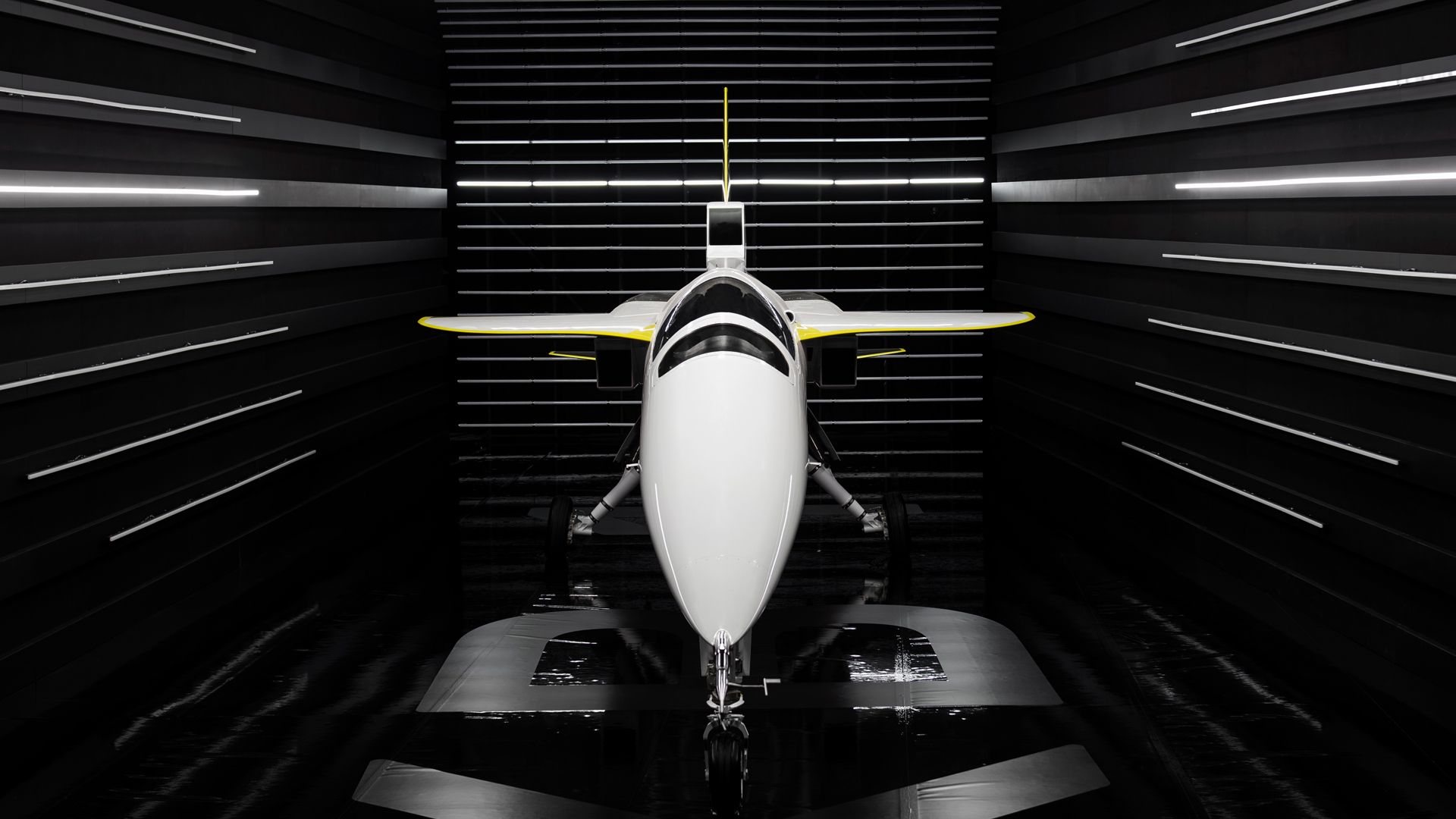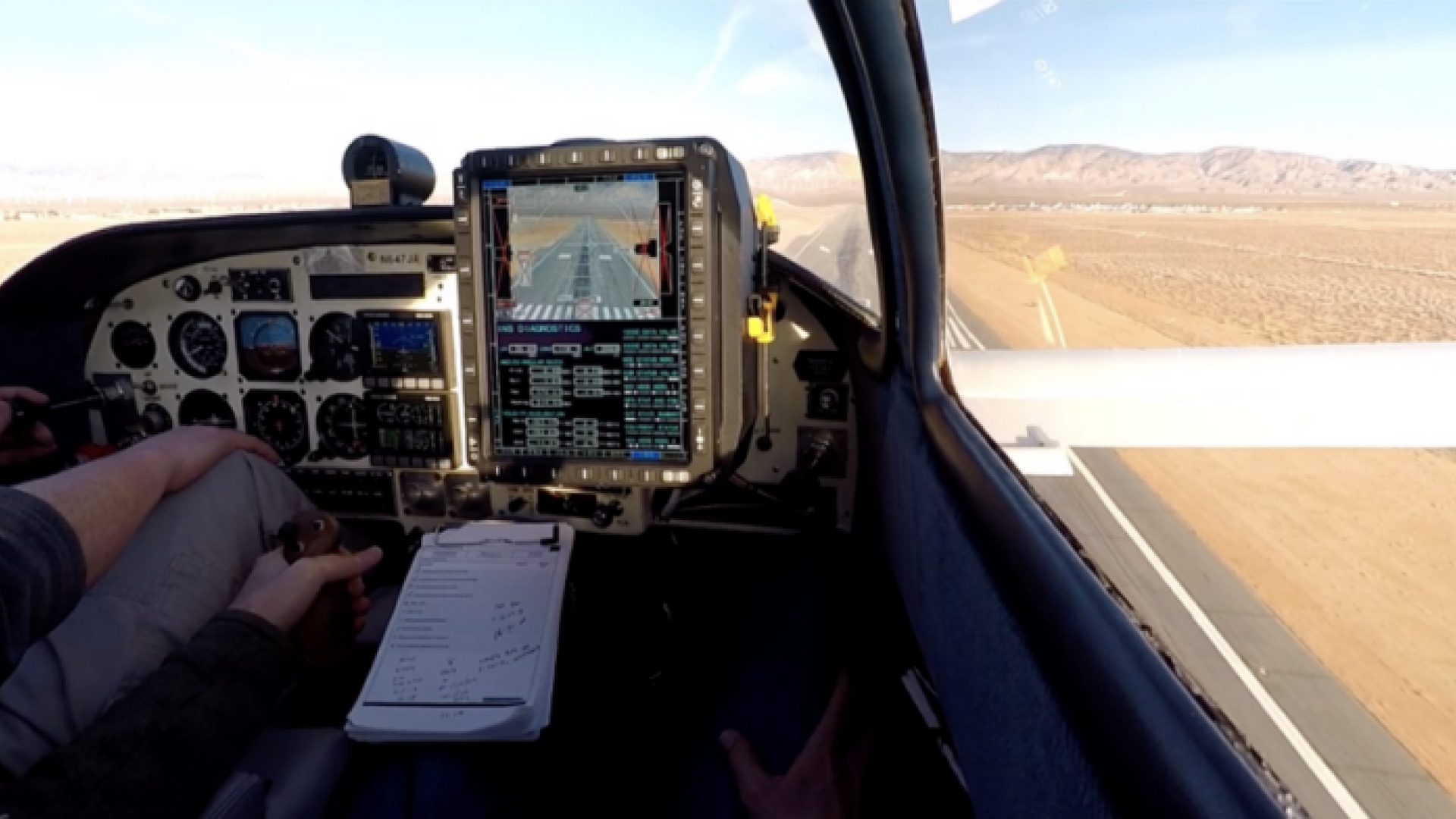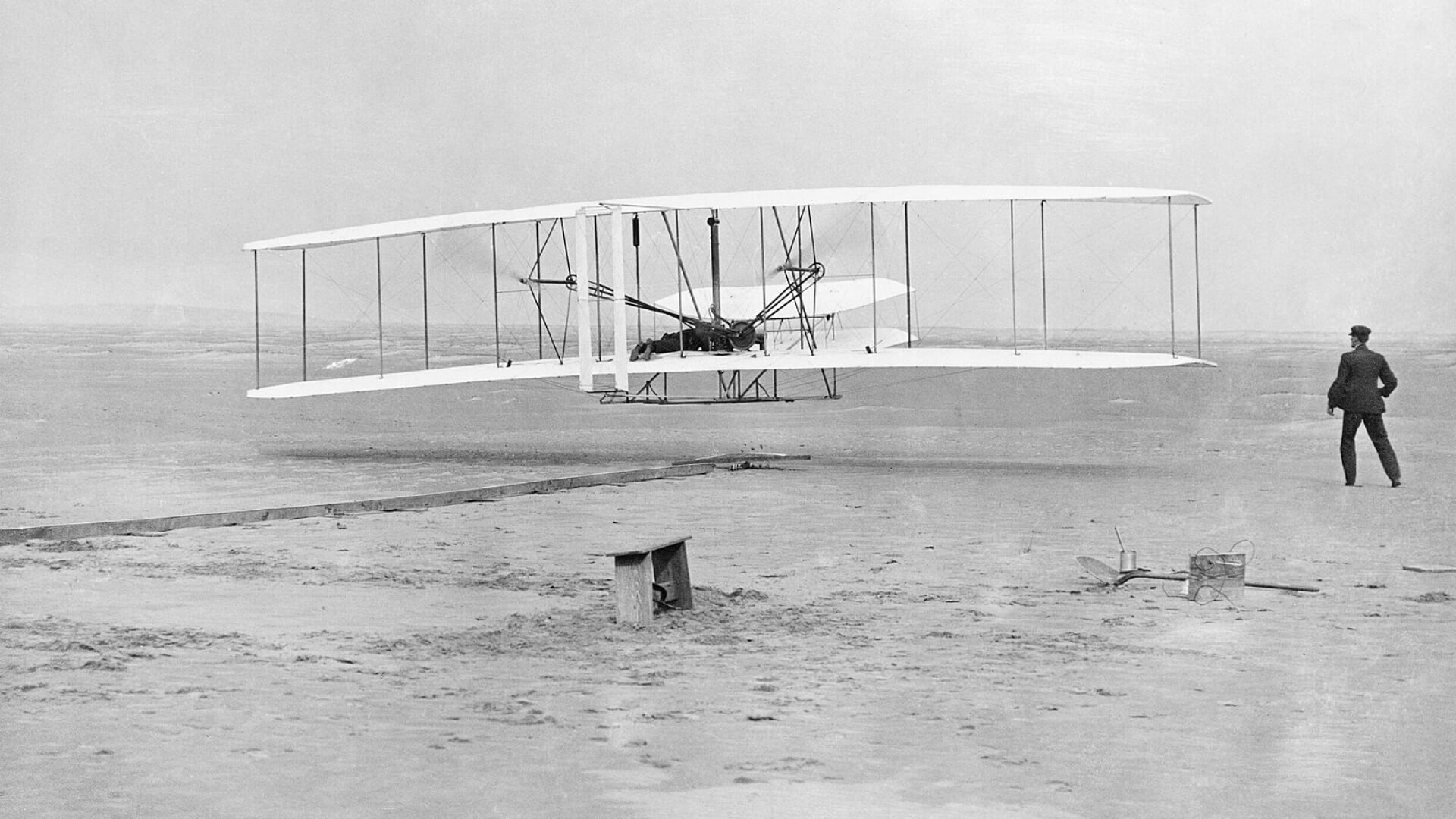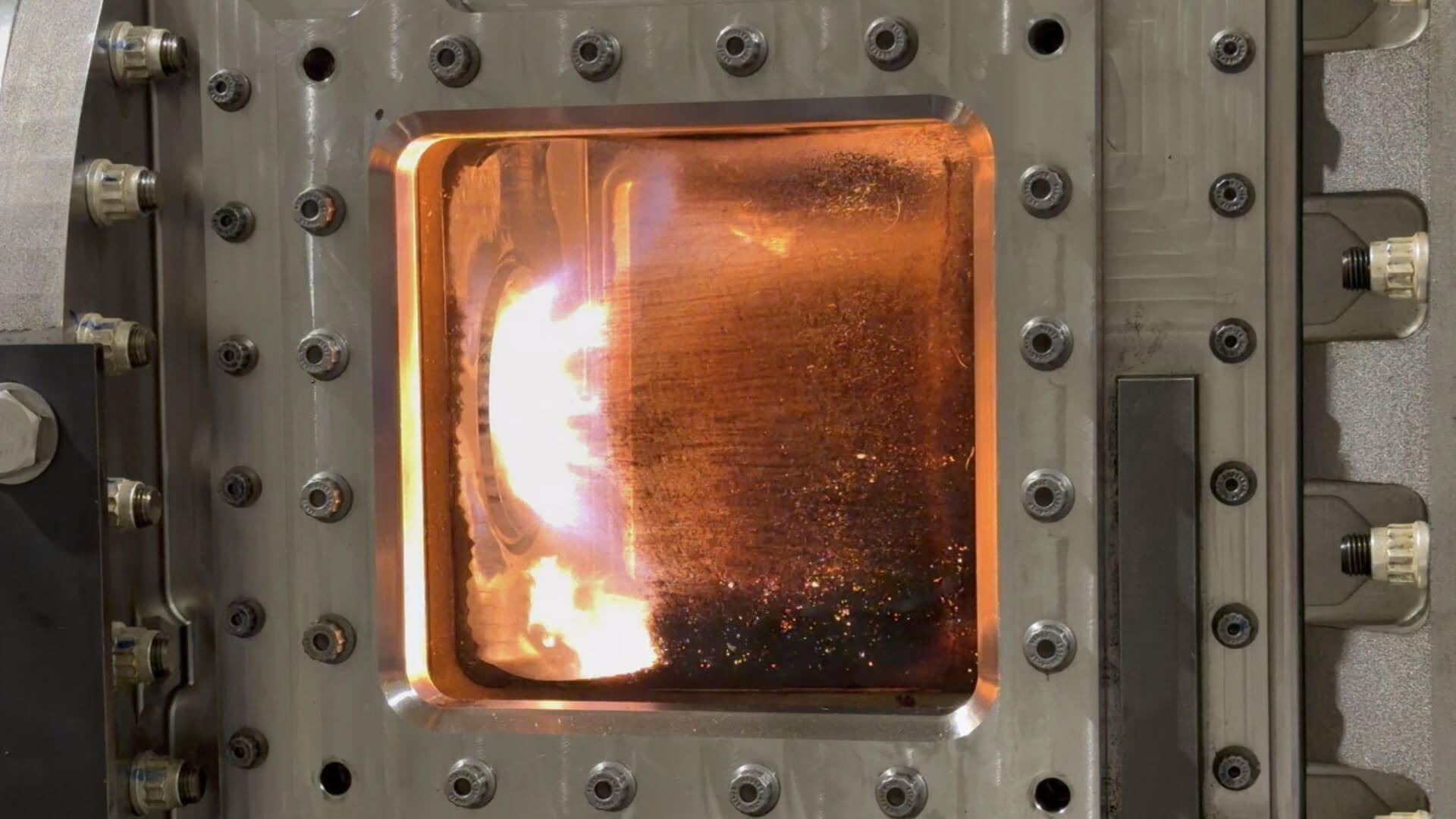Concorde’s iconic droop nose. NASA’s X-59 eXternal Visibility Display. Boom’s XB-1 Forward Looking Vision System. Throughout the years, we’ve seen a variety of solutions aimed at solving one of supersonic’s biggest design challenges: visualization of the runway.
Creating an aircraft design to maximize pilot visibility is a unique challenge to supersonic because of its association with aerodynamic performance. The longer the fuselage and more swept the wing, the higher the angle of attack and less visibility is granted out the forward window during landing. As a result, locking a design that considers the descent as much as high-speed cruise can feel like a tradeoff. But thanks to new technology, companies like Boom disagree.
It starts with the wing
Ensuring high-speed performance of a supersonic jet begins in-part with the wing design. To reduce drag and maximize lift, supersonic jets often feature a triangular-shaped delta wing. This feature is excellent for sustainable, low-fuel consumption, but presents its own challenges during descent. The same delta wing that creates lift during cruise will lift an aircraft’s nose above the runway, creating a high angle of attack and obstructing the view.

Concorde’s droop nose aimed to face this challenge head-on by hydraulically lowering the nose cone and maximizing the physical view. But the design added weight and lent itself to certification delays and maintenance complications.
Decades later, we’ve seen significant advancements in technology, virtual display, and augmentation. Rather than alter the aircraft design, Boom opted for a more innovative approach.
Boom’s XB-1 Forward Looking Vision System
XB-1, Boom’s supersonic demonstrator, features a forward looking vision system to create a virtual view of the runway. The system includes two redundant cameras, a multifunctional display, data acquisition system, and inertial navigation system to provide pilots with everything they need to know and more about the descent ahead.

The flight test team has already completed more than 50 airborne approaches using the forward looking vision system, under a variety of conditions including crosswinds, haze, and during the glare of sunrise.

“XB-1’s forward looking vision system is an invaluable research tool for not just our software and avionics teams, but also the engineers currently designing Overture, Boom’s supersonic airliner,” says Test Pilot Chris ‘Duff’ Guarente.
Both teams continue to work in concert to test possible future application. “XB-1’s forward looking vision system has the capacity to educate foundational understanding for Overture’s landing,” says Boom’s Certification Manager Tom Peters. “We’re being extremely thoughtful about defining a system that makes sense with today’s technology for our customers and regulators.”
NASA’S eXternal Visibility Display
This virtual forward window, designed and tested by NASA for the X-59 QueSST, augments the airspace in front of the pilot by using custom image processing software and camera systems (Source). Their goal is “to create an electronic means of vision…that provides performance and safety levels equivalent to or better than forward-facing windows,” says subsystem lead Randy Bailey.
The approach isn’t too far off than Boom’s. However, the eXternal Visibility Display aims to maximize visibility not just on the descent, but during actual flight. It is a great example of the cross-industry push to drive safe augmented technology forward.
By operating the eXternal Visibility Display, NASA was able to design an extremely aerodynamic aircraft and safely break sound barriers with a reduced sonic boom. Such tools could see mainstream application during the next generation of supersonic commercial travel.
The future of runway visualization
Boom’s forward vision system technology, as much as NASA’s eXternal Visibility Display, is helping to ensure that the next generation of supersonic commercial travel leverages the latest and most innovative systems.
“Virtual displays are just another tool that help us ensure safe, consistent, and efficient high speed flight. That technology wasn’t even available during the Concorde era,” says Boom test pilot Guarente. “Now, we can consider and incorporate these tools at the earliest stages of design.”
With much research and testing currently underway, the vision system is becoming an increasingly important topic. The result could be a safer, more sustainable, faster performing aircraft design to extend through generations to come.







